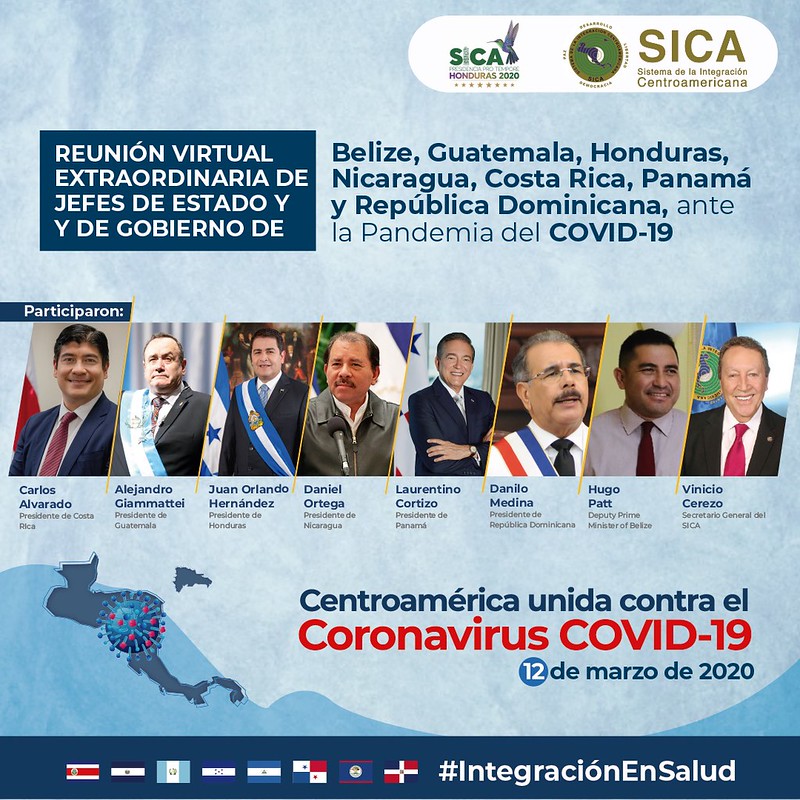by Thomas Andrew O’Keefe*

Initiatives launched by Barbadian Prime Minister Mia Mottley to reschedule the debt of Caribbean countries hit especially hard by climate change and to reform international lender practices are gaining momentum.
- In 2021 Mottley called for the suspension of debt and interest payments owed to multilateral financial institutions by Small Island Developing States (SIDS) while they respond to natural disasters exacerbated by climate change. (Half of the 39 UN-recognized SIDS countries are in the Caribbean.) Among the world’s most indebted countries per capita because of their tiny domestic capital markets and low tax bases, SIDS countries cannot pay their debt while also devoting scarce resources to rebuild critical infrastructure.
The government of Barbados also proposed important reforms to the multilateral lending system in preparation for the United Nations Framework Convention on Climate Change Conference of the Parties (COP 27) in Sharm el-Sheikh, Egypt, last November. Labeled the “Bridgetown Initiative,” the package included bold proposals:
– Redirecting up to $100 billion in unused IMF Special Drawing Rights (SDRs) for SIDS, allowing member governments to exchange their SDRs to borrow from one another’s central bank reserves at very low interest rates in response to an economic crisis.
– Operationalizing a $45 billion IMF-administered Resilience and Sustainability Trust.
– Having multilateral development banks make $1 trillion in multilateral loans at concessional rates to fund climate change adaptation and resiliency in the developing world.
– Leveraging an additional $650 billion held by the IMF to set up a Climate Mitigation Trust that would attract much larger private-sector capital to invest directly in carbon-free energy projects, for example, and avoid governments incurring more debt.
These initiatives are starting to have an impact. The Inter-American Development Bank has announced plans to include a “hurricane clause” in its loan agreements with Central American and Caribbean member states, deferring principal payments for up to two years. Advocates hope the World Bank, Asian Development Bank, and others take steps as well. They also want commercial banks and other private lenders – which hold much of the SIDS’ foreign debt – to adopt payment suspension clauses.
- International political support is growing for the proposed lending flexibility. Key elements have been endorsed by French President Emmanuel Macron, who has prioritized discussion on them at the June 22‑23 Summit on a New Global Financing Pact in Paris. IMF Managing Director Kristalina Georgieva and U.S. Special Presidential Envoy for Climate Change John Kerry have also expressed their approval. The World Bank Group launched an Evolution Roadmap in January to better address cross-border challenges such as climate change that affect its ability to promote economic growth, poverty reduction, and human development. An internal Bank committee completed an initial report on proposed reforms in time for the World Bank Group’s meeting in Washington in mid-April.
The SIDS nations have contributed least to the climate crisis but are most impacted by more frequent and ferocious hurricanes and typhoons, rising sea levels, unpredictable rainfall, and increasingly acidic oceans that wipe out critical food resources. In the Caribbean, the vital tourism industry is also suffering as piles of rotting sargassum seaweed, which is driven in part by climate change, arrive on its beaches.
- An important reason the Barbadian proposals for reforming the global financial architecture may succeed is that they are not pleas for no-strings-attached compensation or reparations. Instead, they are focused on making the existing multilateral lending system more flexible to better meet the needs of governments to respond to the climate crisis and create incentives for increased private-sector investment – which will improve the countries’ ability to pay their existing debts. In contrast, an additional recommendation put forward by Barbados and other developing countries at COP 27 to tax fossil fuel companies based on their carbon emissions or impose an international carbon border tax to fund so-called “loss and damage” grants for climate vulnerable developing nations has yet to get more traction.
* Thomas Andrew O’Keefe is the President of Mercosur Consulting Group, Ltd. and currently serves as Chief of Party of the Caribbean Business Enabling Environment Reform (CBEE‑R) project based in Barbados.









